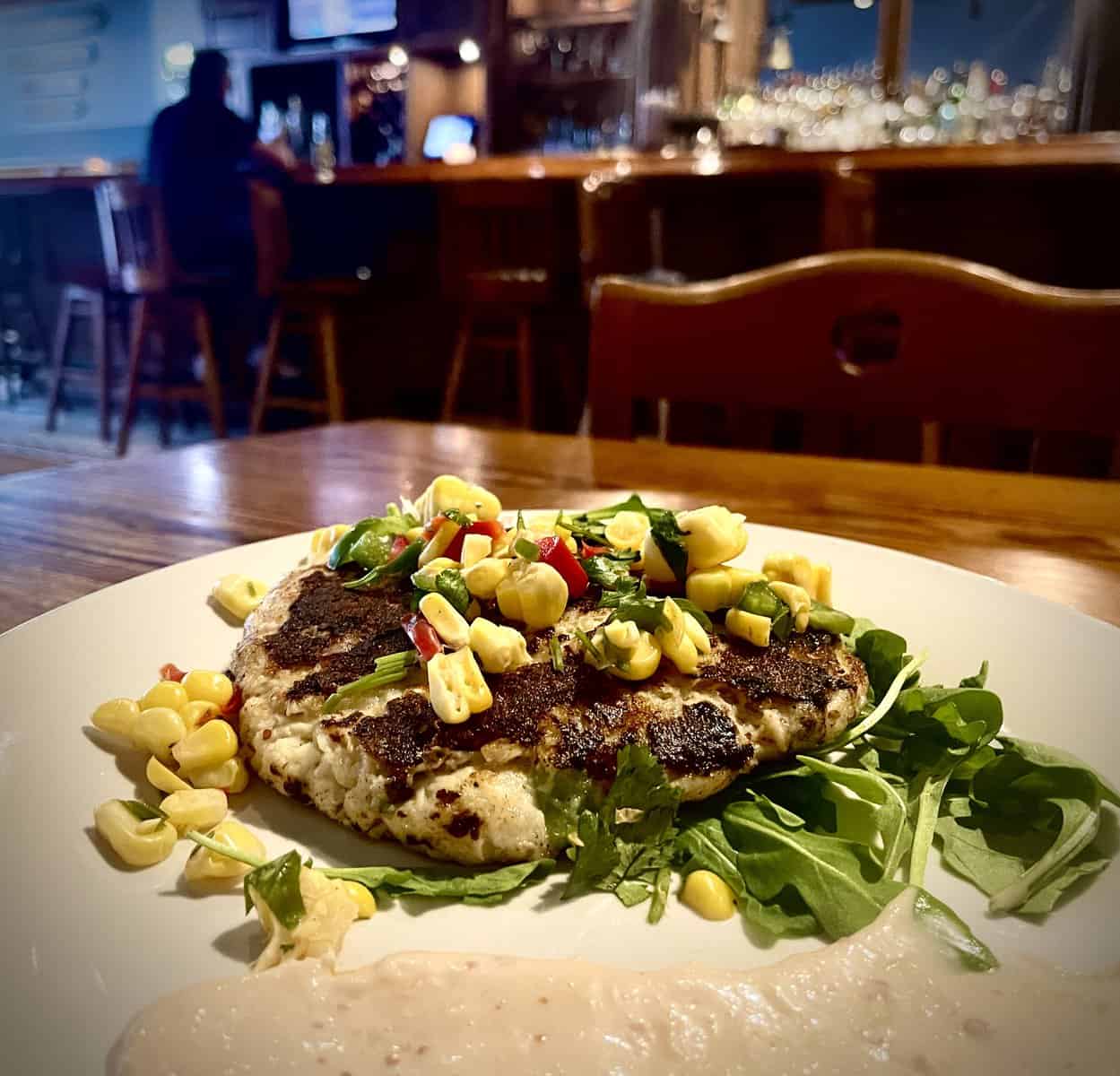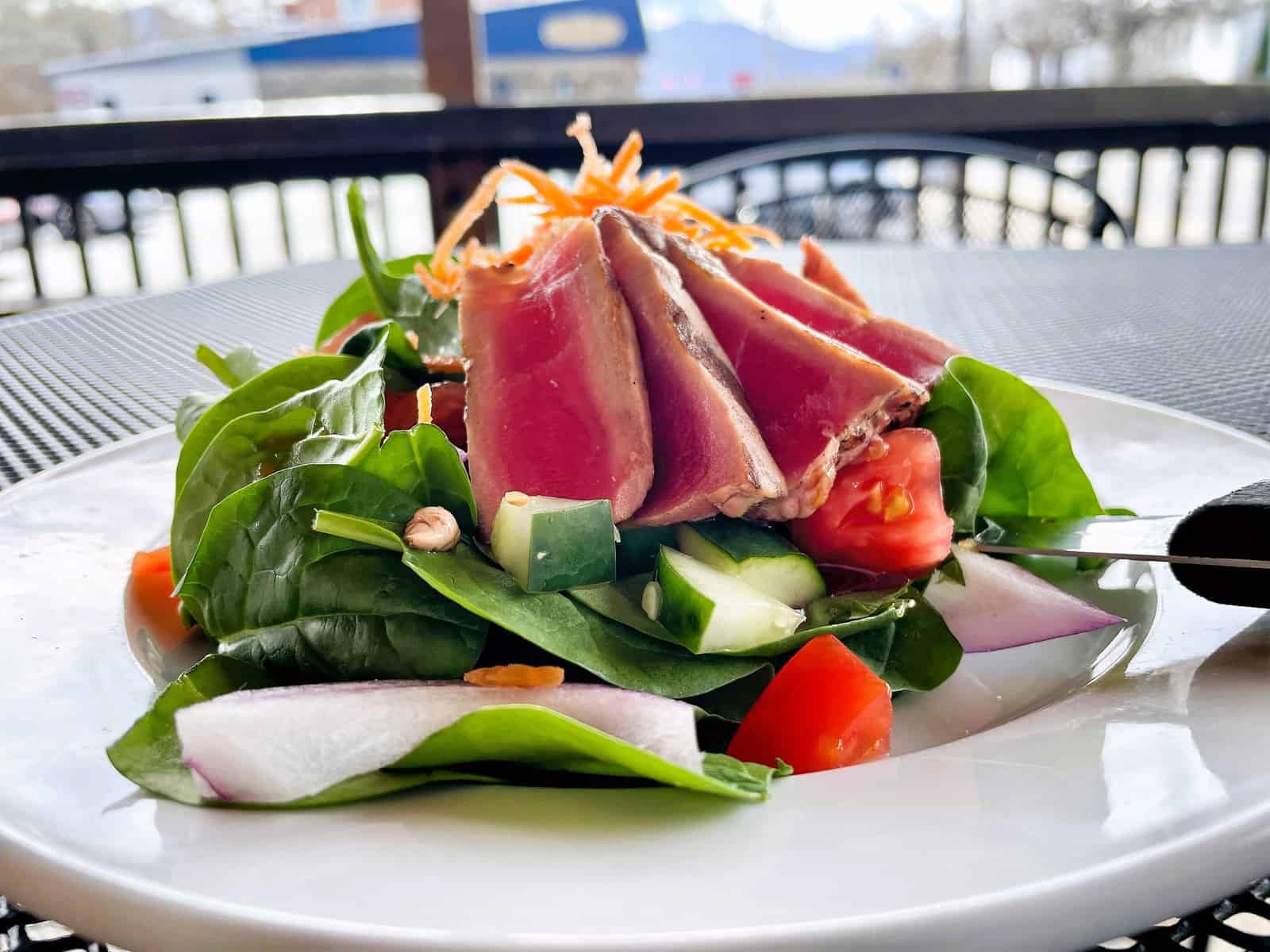The Cheese Markets of Holland
When considering a trip to the Netherlands, visiting the city of Amsterdam or taking a windmill tour might possibly be the first things that come to mind. But growing in popularity are the Dutch cheese markets. After all, the country is known for the cheese it produces.
In the past, the only way for Dutch dairy farmers to get the cheese to market was by going through the cheese markets, where, in the town centers, cheese was tested for quality and weighed in order to set a fair price.
Today, cheese is made in large factories and aged in warehouses, but re-enactments show how it was once done and draw hundreds, if not thousands, to four cities around the country – Edam, Gouda, Alkmaar, and Woerden.
A firm handshake
One of the most entertaining aspects of any of the cheese markets is the process it takes to determine the price of cheese. All it takes is a handshake, but getting there takes some time.
Once the cheese is brought to the market, it’s tested by an official. If he likes the cheese, farmer and taster will start bargaining by slapping each other’s hands, known in Dutch as handjeklap.
Back and forth they go, naming a price, declining the offer and the hand slapping continues till an agreed-upon price is determined by means of a firm handshake. The cheese is then taken into the waag (the weighing house), where it’s weighed and sold.
It’s a Dutch tradition brought back to life each spring and summer.
The towns of Edam and Gouda – both names recognizable for the cheeses named after them – are as much alike as a set of fraternal twins. They both come from the same motherland, but their personalities and faces are as different as night and day.
Gouda is a modern city with an old soul, while Edam still carries with it a beautiful face wrinkled with age and character.
Alkmaar, on the other hand, is a large city that’s grown around its ancient town center. And Woerden, with its 600-year-old castle greeting visitors as they enter the town, and a windmill overlooking the town center, is a charming Dutch village.

Ring the bells
So, say “cheese,” let the bells ring and experience a way of life that once thrived in the Netherlands.
The country is small and is easily navigated by car. And, fortunately for cheese lovers, it’s possible to visit all four markets in one week as they all occur on different days.
EDAM
Cheese aficionados will recognize Edam cheese for its mild, slightly nutty flavor. It originated in this small town and is celebrated every Wednesday morning starting at 10:30 a.m. and lasting past noon. It’s the smallest of the cheese markets in the Netherlands, held on a plaza outside a store where cheese sealed in wax is sold.

If you want to discover the history and tradition of Dutch cheese markets, this is a good place to start. Since the market is so small, you can get close to the action.
Take a break
You can tour Edam in a morning _ it’s that small. There is a history museum in a house that dates back to the 1500s. Just walking around is a sight in itself, with wonderful canals and bridges garnished with incredible flowers during spring and summer.
Do try to stop by the Hotel and Restaurant de Fortuna. It’s an old hotel on one of the canals with lots of charm if you want to stay the night. If you just need to rest your feet, stop in for a bite to eat at the hotel restaurant. Dining outside is a treat on the large patio right by the canal.
GOUDA
Who hasn’t heard of Gouda cheese? And many may believe it got its name because it was made in Gouda. Not so. It’s made throughout the country. Its name comes from the fact that Gouda, Netherlands, is the town in which is was traded beginning in 1395 when the first cheese market was held there.
Trading there ended in the 1970s as cheesemaking moved to factories, but in 1987, the cheese market was brought back to life, opening as a well-choreographed production for tourists.
The market is held every Thursday from April till the end of August and gives folks a chance to see how prices were determined back in the day; taste cheese and buy some to take back home from the cheese market in the Waag House, circa 1668.
After the market ends for the morning, there are a number of restaurants on the city square that offer views of the historic buildings. To further your cheese experience, the Museum Cafe Gouda, in the shadow of the magnificent Church of St. John, offers several high teas, one of which, High Cheese, offers mouthwatering tastes of many different kinds of cheese found throughout the country.
At night, a basket of bread, a fondue pot filled with melted cheese and a nice glass of wine can be enjoyed at Koeien en Kaas (Cows and Cheese). It’s a cozy, romantic restaurant that sets the mood for a memorable experience.

While Gouda is best known for its cheese, the city is also known for its clay pipes. Rembrandt’s art shows some of his subjects holding long clay pipes, representative of the pipes made in Gouda. When clay pipes went out of style, the factories began making Gouda ceramics, popular at the turn of the 20th century.
Gouda is also the town where the delicious syrup waffles known as stroopwafels were first created by a baker back in the 1800s. It’s said that they were made by a local baker who didn’t want to waste a bit of crumbs leftover from his cakes, so he patted them together and bound them with a thick, sweet syrup. The sweet confections are now popular throughout the country, sold by vendors at fairs and flea markets, as well as packaged and sold in stores.
Spend the night
Gouda is a large town, and there are many places to stay. You can choose from old city hotels that are very simple, to more elegant ones including the Best Western. It’s a 4-star hotel, unlike Best Westerns of the past. The worldwide chain is doing a lot to upgrade its properties, and the hotel in Gouda is a prime example.
There are several good choices around the town square, just be careful of noise because the city centers can get crowded and noisy on market day and filled with busy bars at night.
ALKMAAR
You’ll find the largest – and perhaps most-famous – cheese market in the city of Alkmaar from the beginning of April through September.
It happens every Friday morning and is more like organized chaos than other markets. Hundreds, if not thousands, crowd the huge plaza in front of the weighing house on nice summer days.
Craftspeople line the outer realm of the market, as well as vendors selling souvenirs and food, such as cheese toasties and cheese fondue.
The market in Alkmaar is a spectacle of men hauling loads of cheese rounds and lots of handjeklap happening, but as the largest of the markets, it’s worth a visit to experience it.
Day Tripper
You’ll find the unexpected in the city of Alkmaar, just a 45-minute drive north of Amsterdam. After a cheesy morning, spend the day touring the museums. The town boasts several, including The Beatles Museum, where you’ll find the largest private Beatles collection in the world.

There’s also the Stedelijk Museum Alkmaar where you can learn more about this medieval town. The Cheese Museum is located on the town square at the Waag House, and there’s De Boom National Beer Museum, offering a tasting room (with a ticket) and located in a 17th-century brewery.
WOERDEN
The cheese market in Woerden happens on Saturdays between early May and the end of August and differs somewhat from all others. Once the bell has rung and the emcee – a townswoman who, by the way, speaks excellent English – has told people a little about what they’re about to experience, the play begins. “Actors” go through what it may have been like centuries ago when they prepared to make their cheese and bring it to market. It’s acted out like a play from milking the cow to making the cheese. Then the tasting and hand-slapping begin.
Just like all other cheese markets in the Netherlands, the market takes place on the town square surrounded by vendors selling food, cheese, flowers, and souvenirs to take home.
Unlike other markets, young women in typical Dutch costume roam the crowd offering cheese samples. The cheese market is small enough that most everyone gets a taste.
Where it all Began in Woerden
While most of the country’s visitor’s centers are located adjacent to the town square, Woerden’s is offset. It’s located about two blocks from the center of town on a stretch of road that parallels the Oude Rijn (Old Rhine) river. The building housing the VVV (the Dutch abbreviation for its visitor’s centers), is where cheese has been warehoused for centuries after being delivered by boat.
The center has a number of cheeses and cheese-related items for sale and is also home to the Cheese Experience where you can arrange for a tour and be taken into a huge warehouse where more than 6,000 rounds of cheese continue to be stored and aged.
“What people may not realize is 55 percent of all the cheese made in Holland comes from Woerden,” says Grietje Steensma, VVV coordinator, adding that the cheese you may enjoy tonight comes directly from Woerden. “We deliver cheeses to 55 countries,” she says.
Find your way to the VVV and ask about a tour of the warehouse. Tours are done in several different languages, including English, and cost 6 euros for adults and 3 euros for children.
Elsewhere in Woerden
Sit at one of the cafes around the city center and watch as the arms of the windmill labor in the distance. It’s an engaging experience that will make you realize the charm of Woerden. After your respite, visit the City Museum housed in the former City Hall. The exterior architecture tells a grim tale of its history.
There’s a platform where criminals with lesser violations were forced to stand while onlookers threw rotten onions, tomatoes, and other smelly foods at them. Look to your left and a remnant of scaffolding is evident where convicts convicted of major crimes were thrown from the building and hanged.
You’ll find a more peaceful experience inside, with art exhibits from Dutch artists. Currently, a show focused on women’s suffrage from female Dutch artists in the Netherlands is on exhibit – 2020 marks 100 years of women getting to vote.
Climbing to the top

For the best views of the city, get ready for a climb up the 142 steps of the bell tower at Petruskerk, an ancient church that dominates the town square. There’s a walkway surrounding the top of the tower that gives you 365-degree views of Woerden and the surrounding lands known as the Green Heart of Holland.
The carillon housed within the tower rings out over the city, adding to the atmosphere of an already vibrant town.
Stay the night
Woerden is a relatively small town, so there are just a couple of hotels from which to choose. If you’re looking for a place that’s more affordable and a pleasant walk into town, Best Western is your choice. It’s right on the canal, so try to get a room overlooking the water.
Stadshotel, meaning City Hotel, is your choice for a place directly across from the cheese market. It’s in one of the ancient city center buildings. Pricey and convenient, yes, but the hotel has just 25 rooms, so reservations should be made well in advance. Even if you don’t stay there, the restaurant and its outdoor dining area are a good place to enjoy a meal or an afternoon glass of wine to watch the busyness of the town center.
“We don’t need busloads of people coming to town,” Steensma says. “But we do have everything to offer for those who do come to Woerden.”



